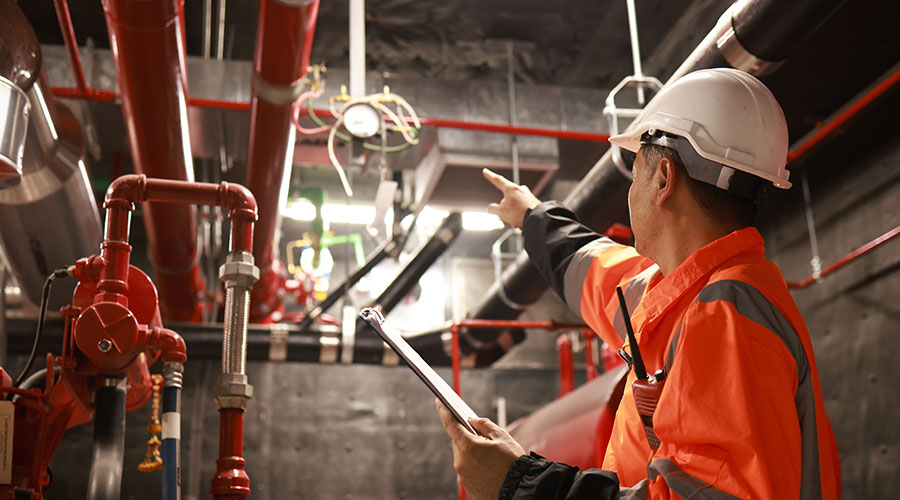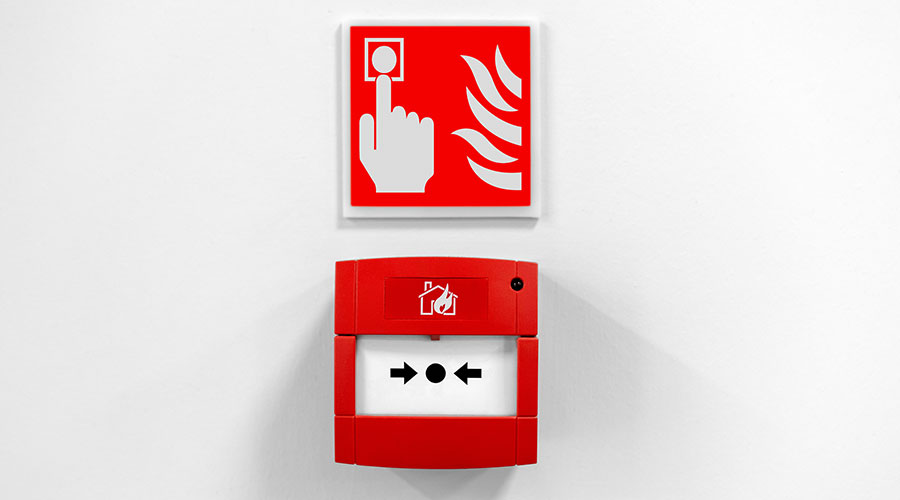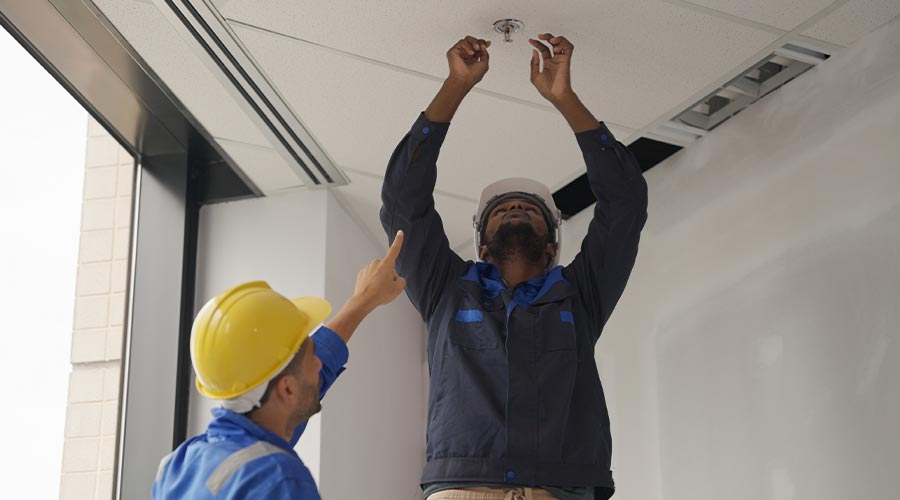Essentials of Successful Fire Protection
Focusing on precautions, education, and protection can help keep facilities and occupants safe
A successful fire-prevention program is part of the day-to-day operations of every institutional and commercial facility. The goals of fire-prevention programs include preventing loss of life, property damage, and downtime in use of a building.
Fires often can cause disruption of business activities, loss of business documents, loss of employee work hours, and liability claims resulting from the spread of fire to adjacent properties. Depending on the construction type or contents of the building, as well as the occupancy type and number of occupants, fire-prevention features should provide life safety and property protection.
A fire-prevention program can reduce or eliminate the occurrence of fires by training occupants in fire safety, as well as in the proper maintenance and care of fire-protection and life safety systems, and by controlling potential ignition sources and fuels.
Fire prevention is the responsibility of the owner, the manager, and the occupants of a property. It consists of three primary parts: precautions against fire; fire-safety education; and fire-protection and life-safety systems.
Precautions against fire
Traditional fire-prevention programs emphasize precautions that are designed to keep a fire from starting. Managers and their staffs can take steps to achieve this goal. Control smoking materials and open flames. Store flammable and combustible liquids safely. Use electrical equipment correctly. Perform general housekeeping tasks regularly. Purchase fire-safe furnishings, decorations, and interior finishes. Maintain commercial kitchen exhaust systems. Control special hazards.
Fire-safety education
Fire prevention relies on people knowing about fire and its effects. Educational programs can help them identify and discuss fires and extinguishing methods. Building occupants also can take part in education efforts to help them identify and correct fire hazards, plan building and office evacuation routes, choose and use fire extinguishers, and inspect for fire. A manager is responsible for the continuous education necessary to develop fire-prevention habits among building occupants.
Boosting occupant participation in a fire prevention program is critical. Managers can encourage tenants to become involved through motivators, such as involving local fire officials, making occupants aware of recent fires that indicate the need to participate, holding drawings for prizes for participants, selecting a favorable season for evacuation drills, and providing refreshments.
Related Topics:














